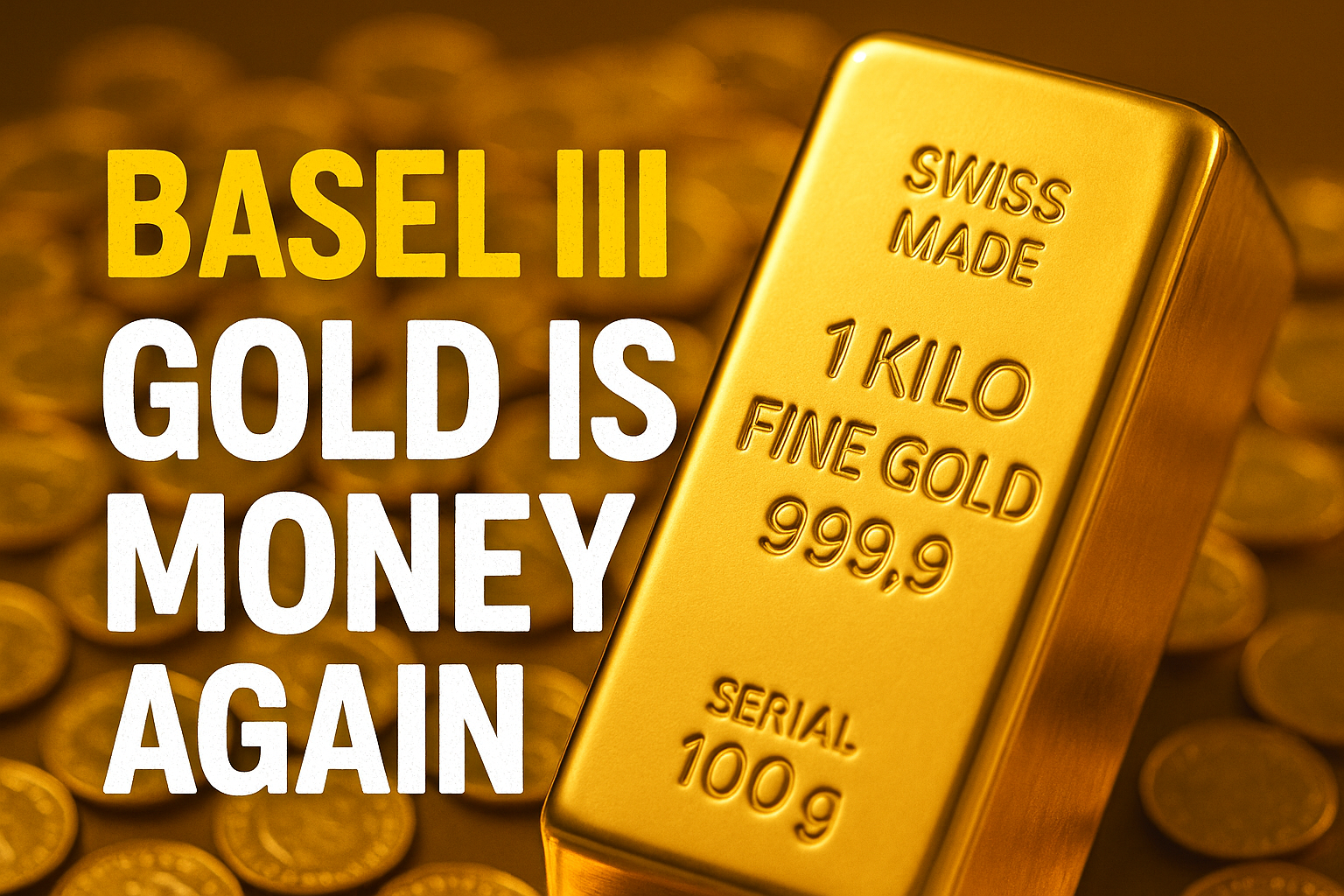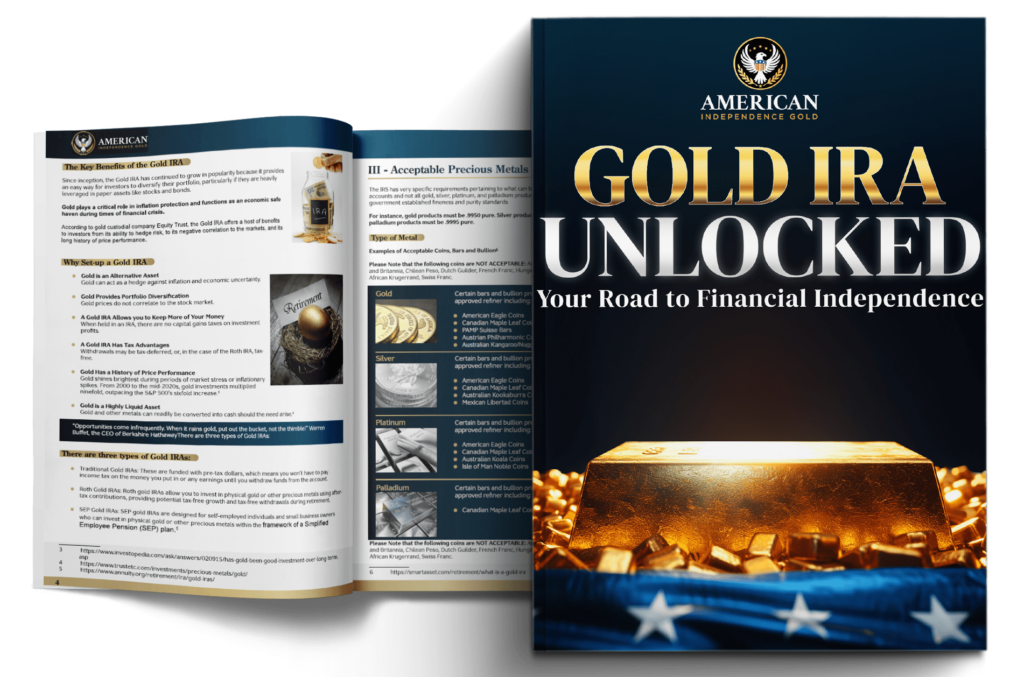Key Insights
- Gold prices have surged by nearly a third this year amid a “perfect storm” for precious metals.
- Key factors fueling this rally—such as increased central bank purchases, lower interest rates, and global tensions—are likely to persist, regardless of the election’s outcome.
- While a Trump win might apply some pressure to gold prices in the longer term, these factors still favor gold’s trajectory upward in the near future.
This year, gold has seen an impressive rally, and it’s likely to maintain its momentum well into the months ahead—regardless of the result of Tuesday’s election. Analysts at Goldman Sachs and ING forecast that gold will continue climbing in the short- to medium-term, potentially reaching $3,000 per troy ounce by the close of 2025. Gold futures (GC1!) were trading around $2,750 on Tuesday, with strong fundamentals supporting further increases.
A “Perfect Storm” of Economic Forces
Gold’s rise, nearly 33% this year, is driven by a convergence of factors. Known as a safe-haven asset, gold has become more appealing amid global uncertainty—including the ongoing war in Ukraine, recent conflicts in the Middle East, and the U.S. election.
The Federal Reserve’s interest rate cuts, the latest on September 18, have also been a catalyst. With declining interest rates, non-yielding assets like gold become more attractive to investors. Markets anticipate another rate cut from the Fed on Thursday.
Additionally, central banks are turning to gold to diversify reserves. Last year, central bank purchases of gold reached their second-highest level in history. A World Gold Council survey found that nearly 30% of central banks intend to increase gold reserves this year, adding another layer of support to gold’s value.
Policy Influences Beyond 2024
Goldman Sachs predicts increased demand for gold-backed ETFs as rates decline, which could drive these funds to acquire physical gold—competing with central banks for available supply.
Looking further ahead, however, ING notes that a Trump victory could temper gold’s gains. His policies, including proposed tariffs and stricter immigration measures, are likely inflationary and could prompt the Fed toward tighter monetary policy. However, trade friction under such policies might bolster gold’s appeal as a safe haven, countering some of that downside pressure.
In contrast, a Harris presidency is expected to involve fewer inflationary measures, which could allow the Fed to sustain more accommodative policies. This would likely lend additional support to gold prices, as lower interest rates traditionally favor the precious metal.
Even with Trump’s victory the current economic and geopolitical environment points to ongoing strength in gold, with a steady rise in its value projected in the months and years ahead.









